It seems fair to say that nearly every child athlete dreamed of playing professional sports.
We bought the jerseys, collected the cards and pretended to be our idols during every recess pickup game. For the vast majority of us, those childhood dreams go unfulfilled and we move on to more traditional lives. Conversely, there are also a miniscule few who make it; these are the LeBron Jameses and Tom Bradys of the world.
Yet, there is another equally select group who almost live the dream by playing in the NBA Developmental League or European leagues, toiling just a step below the big time.
Former Georgetown players are experienced in both realms. For every Allen Iverson (COL ’96) or Patrick Ewing (COL ’08), there is a DaJuan Summers (MSB ’09) or Jonathan Wallace (COL ’08). All of these players were great Hoyas in their own right, but while the former group reached the pinnacle of NBA stardom, the latter group travels both small-town America and the world for a chance to have a brief moment in the NBA spotlight.
The starkest contrast is money. In the NBA, the minimum salary for rookies entering the league this year is $507,336 and is set to rise every year until at least 2020. Even if they never see a minute of playing time, that money and all the perks associated with it, like first-class travel and luxury hotel accommodations, are guaranteed. Conversely, in the D-League, salaries range from $13,000 to $25,500 per season.
In various European leagues, the salaries are significantly higher than the D-League, but are still paltry compared to those of any NBA players. Depending on the league, salaries can start between $65,000 and $100,000 and they are often tax-free because teams will cover the taxes in an attempt to lure American talent overseas. Additionally, most living expenses such as housing and transportation are fully covered. However, even though it may seem counterintuitive, the D-League is still a popular destination for young talent.
It would be naive to think that collegiate standouts stay in the D-League solely for the purpose of keeping their NBA dreams alive. However, that is one unique benefit to playing in the D-League. Each D-League team has an affiliation with at least one NBA team. Some teams, like the independent Fort Wayne Mad Ants, are affiliated with multiple teams, while the other 17 teams in the league are affiliates with a single NBA team.
Essentially, a D-League franchise serves the purpose of a minor league system. When someone on the professional team goes up, a player from the D-League temporarily gets a call up. Last season, 37 players were called up 49 times and signed to at least the minimum 10-day contract.
A 10-day contract is the basketball equivalent to a call up from the minors in baseball. These short-term contracts provide a chance to play in the NBA and a significant pay increase. The best estimates using the NBA’s latest collective bargaining agreement put the value of a 10-day contract at around $43,000, but the value varies depending on the player’s experience and time in the league.
Although European leagues may bring more money and chances to travel to world-class cities like Venice and Berlin, there are also potential conflicts that arise with playing overseas.
Summers, who was part of Georgetown’s 2007 Final Four run, spent last season playing for a Ukrainian team and lived near Kiev during the protests and violence that shook the city back in the early parts of 2014. As a result, Summers chose to send his girlfriend and two children home while he stayed to play ball.
Other former NBA players like Kenyon Martin struggled to adapt to the culture of their foreign team and ended up leaving all together. Martin briefly played for the Xinjjian Flying Tigers in China during the 2011 lockout after being lured by a lucrative contract, before returning home early to continue his NBA career.
For former Hoya walk-on Wallace, the NBA still remains the dream, though he has spent time in Europe and the D-League since graduating in 2008. Wallace could have stayed here in Washington because he was accepted into Georgetown Law School, but chose basketball instead.
Summers is currently playing for Gran Canaria in Spain after leaving Ukraine and being cut from the Brooklyn Nets after the 2014 Summer League. Wallace, who started every game for his entire career at Georgetown, plays for Tübingen in Germany. He last played in the United States for the Rio Grande Valley Vipers of the D-League in 2010.
If recent NBA history is any indication, playing in Europe certainly doesn’t mean relinquishing the dream of playing in the NBA. Former Cavaliers small forward Anthony Parker had been out of the league for six years and was playing in Israel and Italy before being brought back to the NBA, while forward Josh Childress was signed by the Phoenix Suns after a two-year stint playing in Greece.
Regardless of which league players choose, the chances that they will ever see NBA minutes are slim. However, after spending a majority of their lives working, sweating and sacrificing for that slim chance, players like Summers or Wallace refuse to give up hope.
Mike Ippolito is a sophomore in the College. The Water Cooler appears every Tuesday.








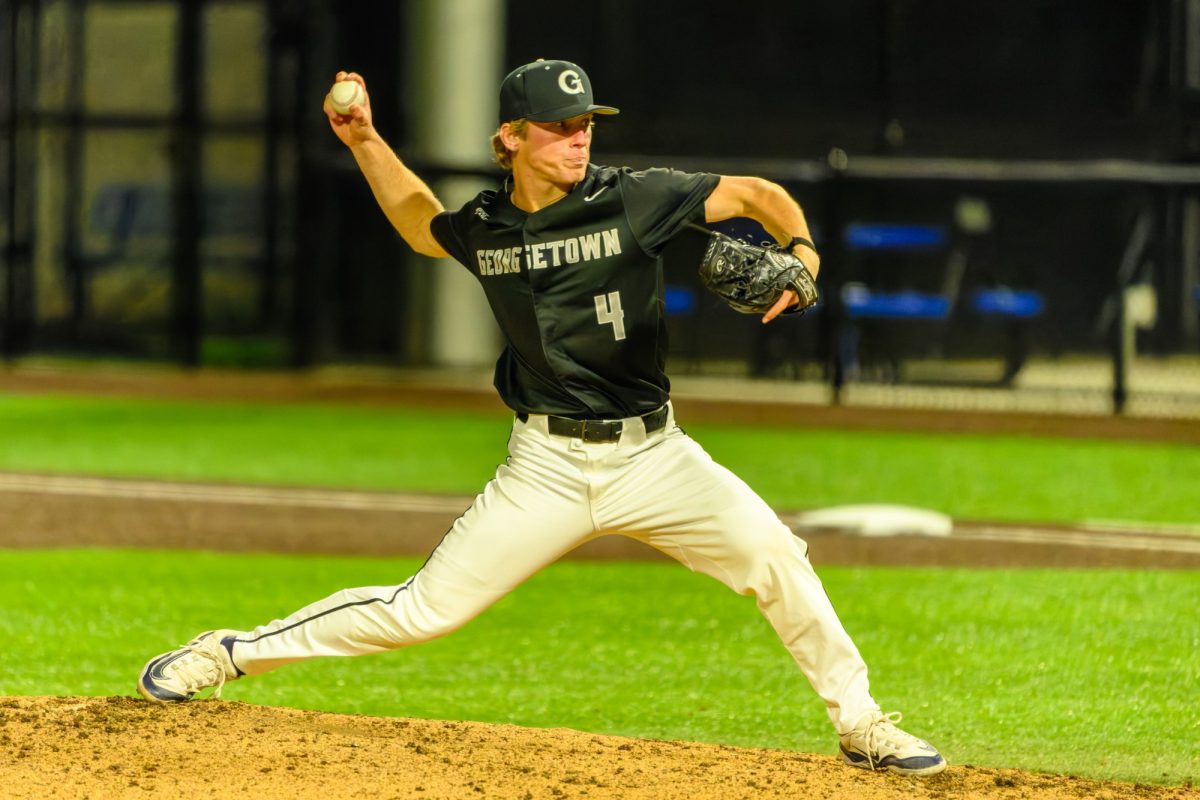
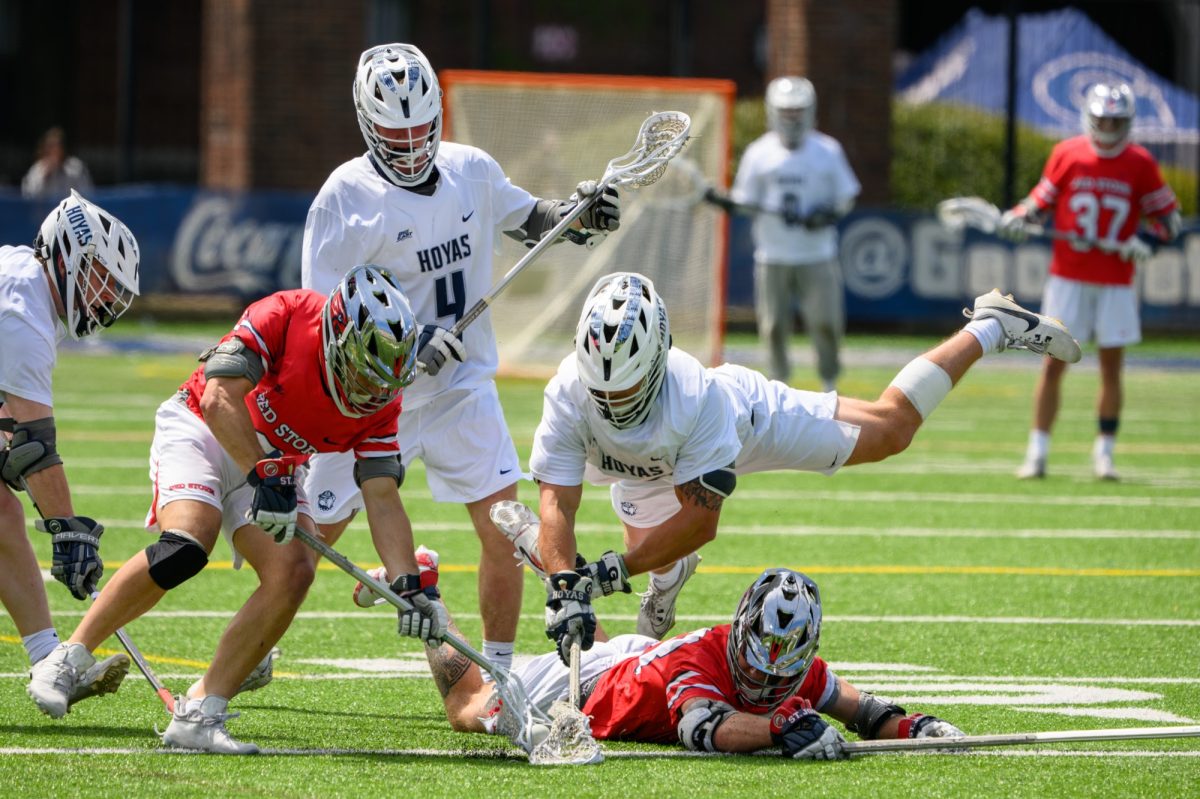




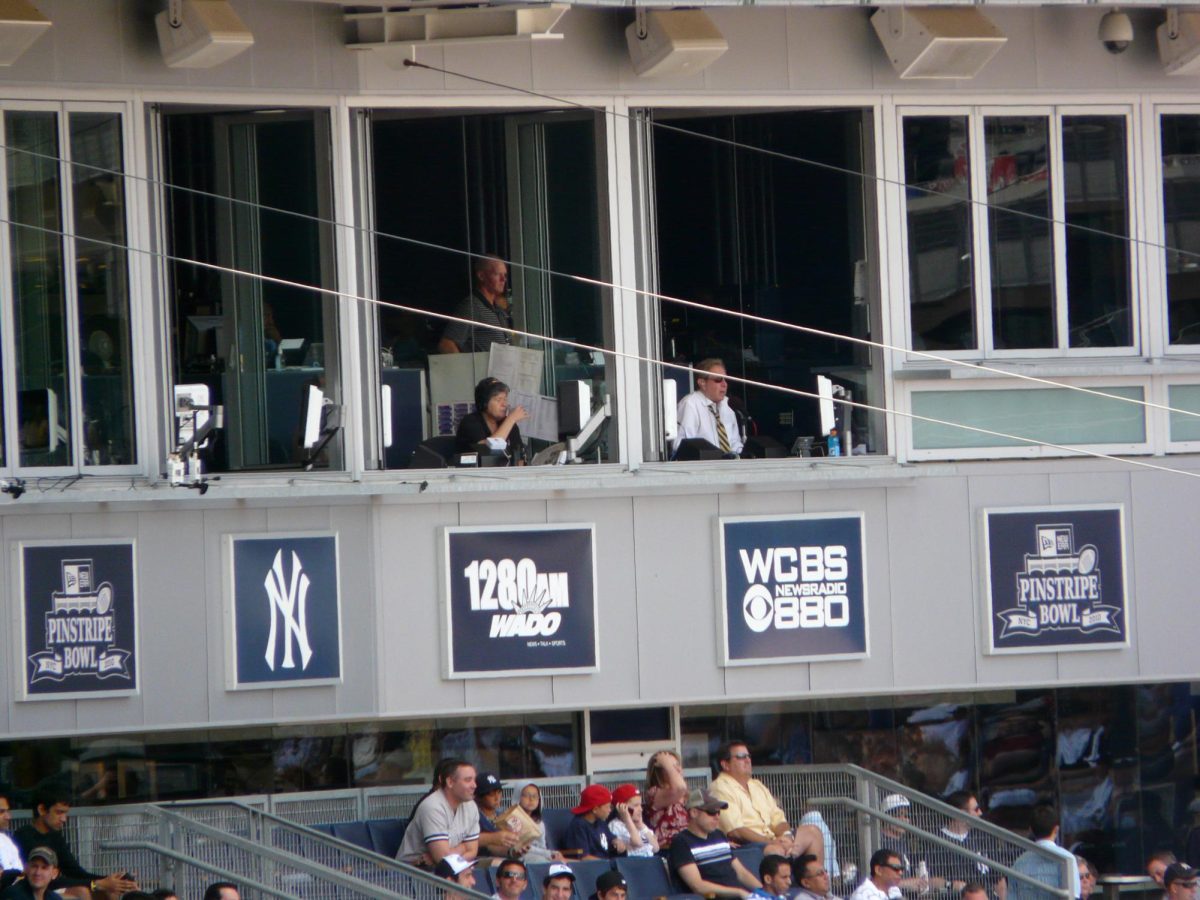
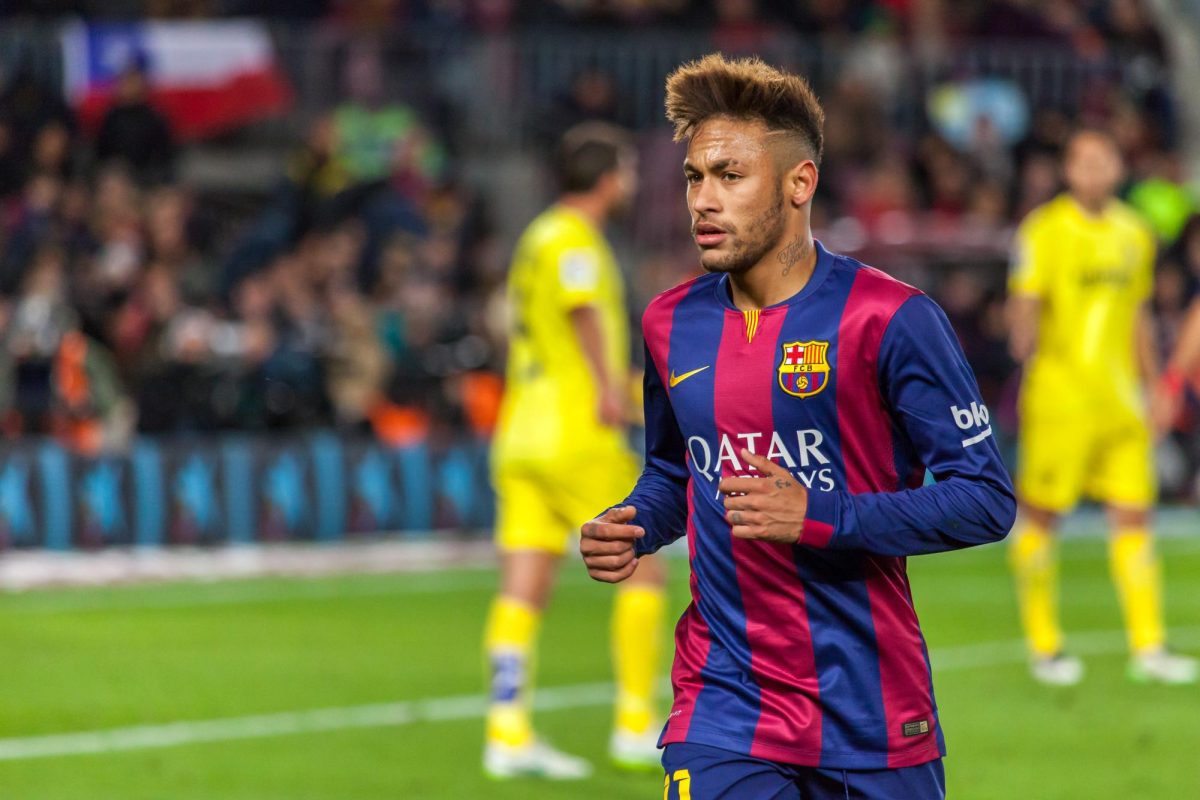
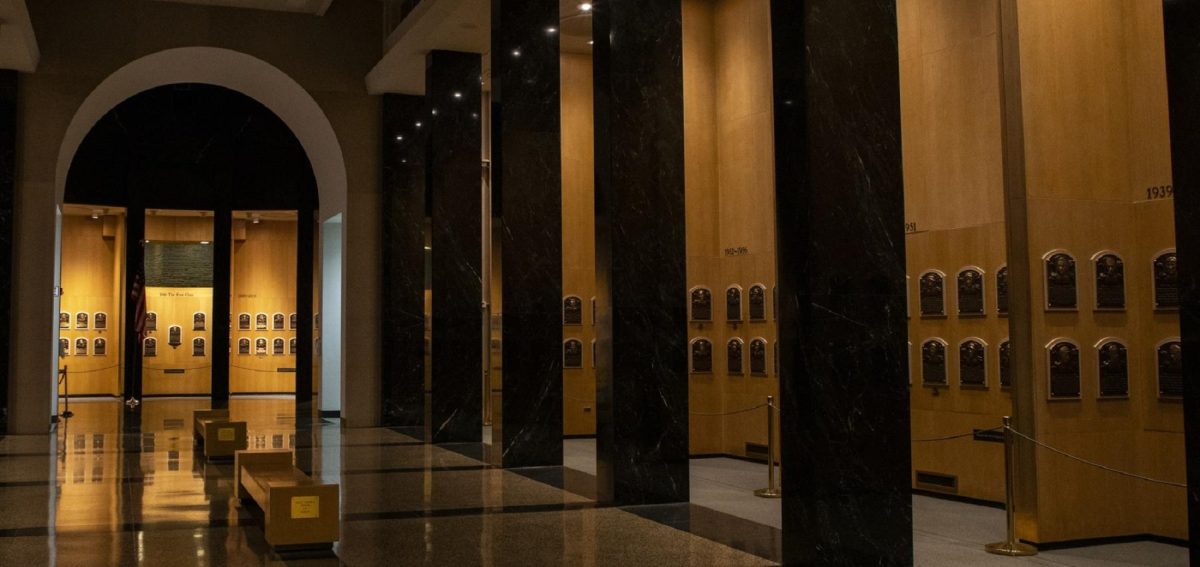
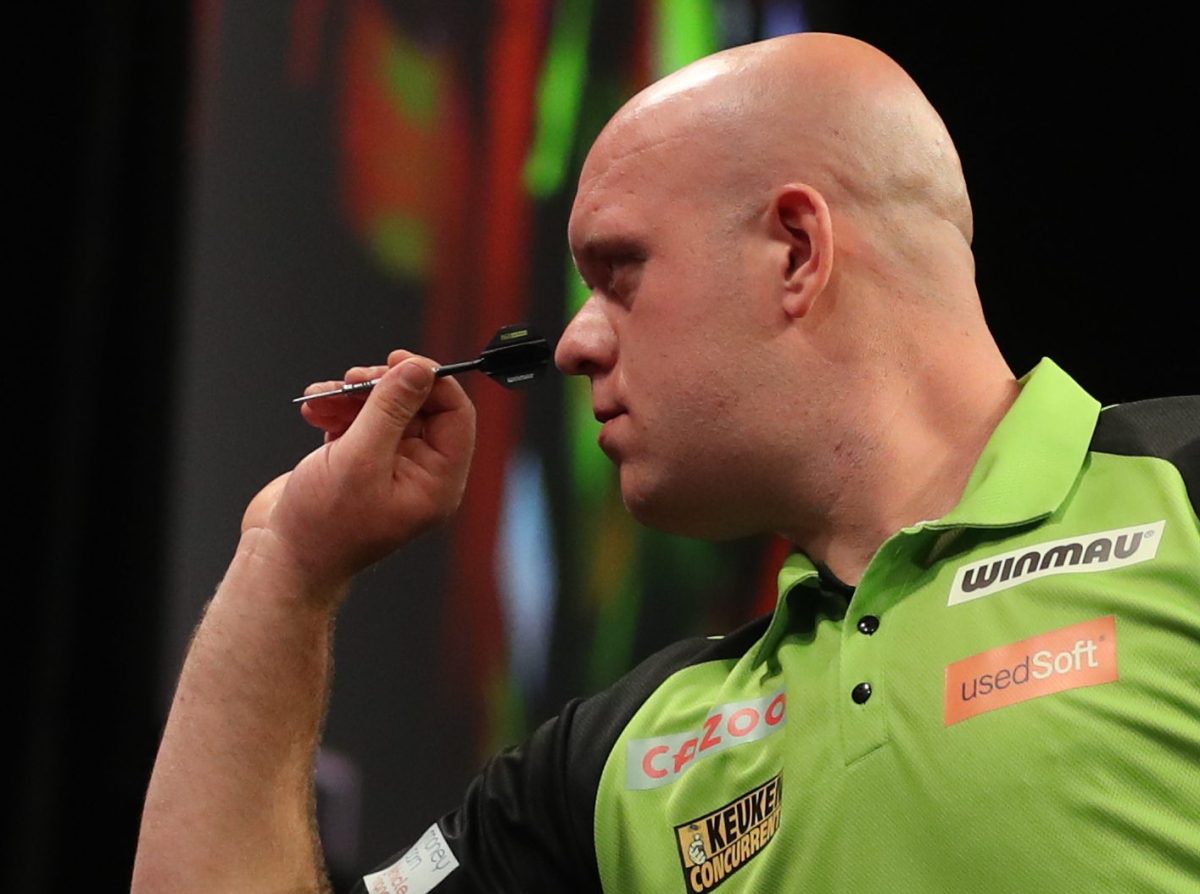
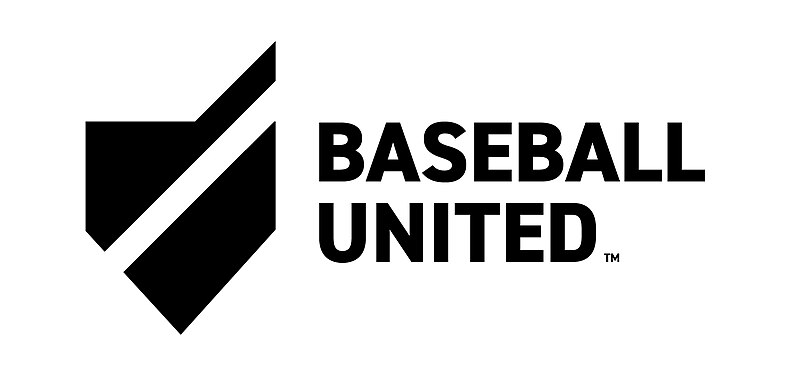
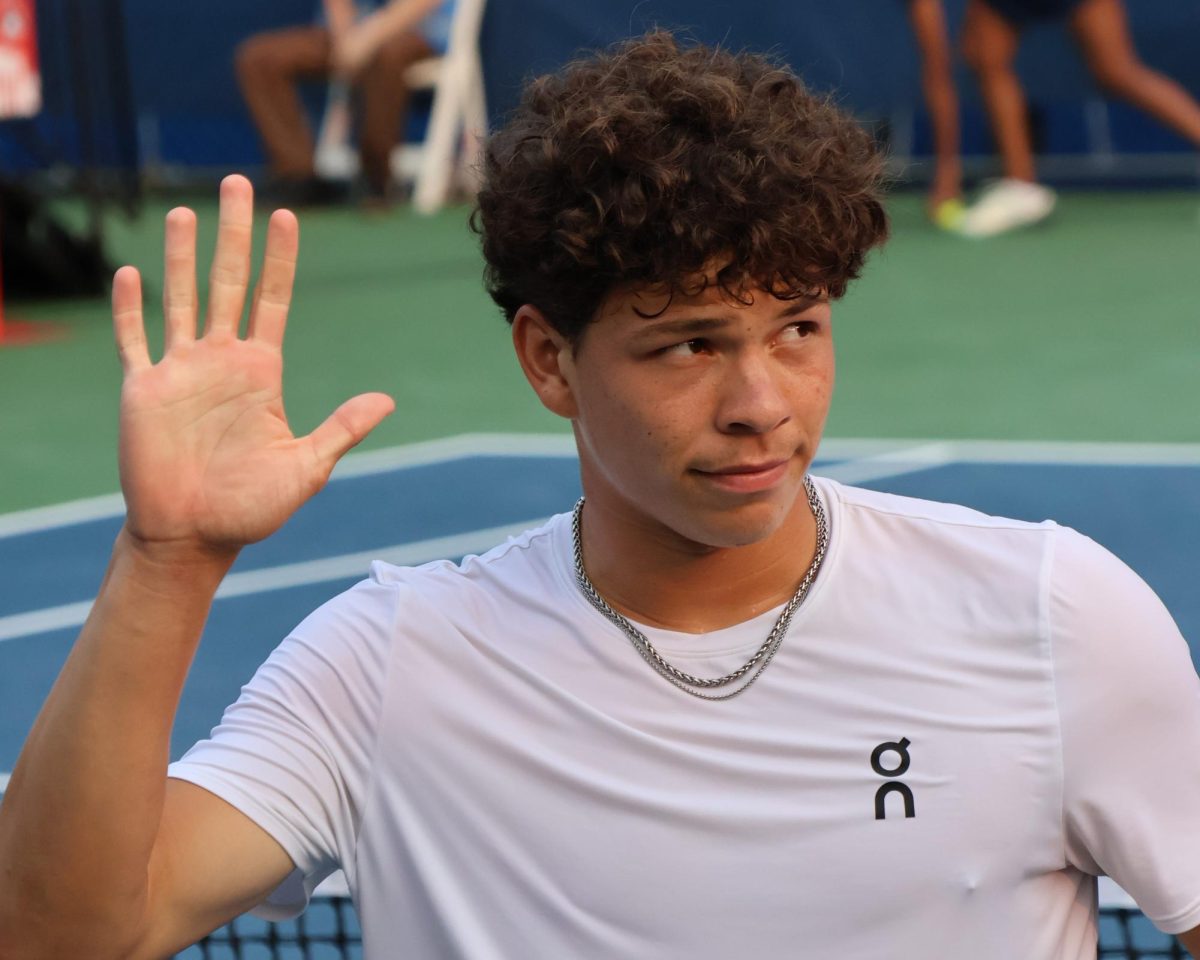

Joe • Nov 4, 2014 at 11:56 am
Great article, but you should check the graduation years in the fourth paragraph. I think you are referring to the Ewing that graduated in the 80s and starred for the Knicks, not his son who graduated in 2008 and has bounced around the D-League. I also don’t think Iverson graduated after two years at Georgetown in 1996 or Summers in three years in 2009.